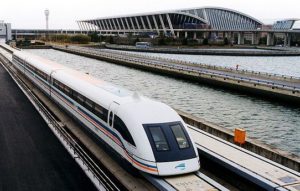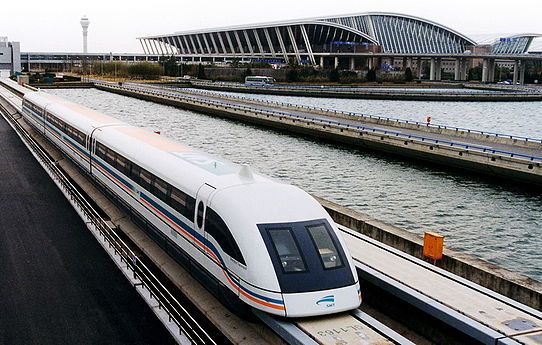 Global aviation markets were “dynamic” in a turbulent 2016, with passenger traffic making huge strides, particularly on the trans-Pacific route, and cargo throughput making a rebound, according to Airports Council International (ACI).
Global aviation markets were “dynamic” in a turbulent 2016, with passenger traffic making huge strides, particularly on the trans-Pacific route, and cargo throughput making a rebound, according to Airports Council International (ACI).
Based on reports from 1,179 airports worldwide, total passenger traffic in 2016 rose 5.6%, with international passengers growing in number by 6.6%, ACI said.
Traffic at the world’s 20 busiest air passenger hubs grew 4.7% in 2016. With over 1.4 billion passengers passing through their airports in 2016, this group of 20 represents 18% of global passenger traffic, said ACI.
Atlanta-Hartsfield-Jackson remained the world’s busiest airport, boasting over 104 million passengers and growing 2.6% in 2016 compared to 2015.
Beijing held onto the second spot, posting growth of 5% to over 94 million passengers in 2016. China’s busiest airport saw subdued growth in previous years as it faced continuing capacity constraints.
Dubai remained in third position. As a major connection point for long-haul international flights, the airport is also the world’s busiest in terms of international passengers ahead of London-Heathrow. Total passenger traffic at the airport grew 7.2% in 2016.
Los Angeles moved from seventh to fourth rank, solidifying its position as one of the fastest growing hubs in 2016. International traffic continued to be a growing portion of passenger traffic as it expanded by 10.6% in 2016.
Asian airlines continued to make important inroads in the North American market on key international and trans-Pacific segments across airport pairs.
Notable among them is Shanghai Pudong, one of the major Chinese airports serving the trans-Pacific routes and other international routes. The airport came in ninth place and grew 9.8% in 2016 to over 66 million passengers.
Tokyo Haneda, the world’s fifth busiest airport and Japan’s largest, grew 5.5% in total passenger traffic for 2016.
Seoul Incheon, in 19th place, experienced double-digit growth of 17.1% year-over-year in passenger traffic in 2016.
Other Asian airlines in the top 20 include Hong Kong (8th), Guanzhou (15th), Singapore (17th), and Bangkok (20th).
ACI noted two airports outside the top 20 that are growing fast: Delhi and Doha, the world’s 21st and 50th busiest airports. Both airports achieved growth of over 20% in a single year, although they each have distinct traffic composition. While almost three quarters of Delhi’s traffic is domestic, Doha is a rapidly growing hub in the Middle East with almost all of its traffic reported as international.
Air cargo rebounds
In the air cargo sector, meanwhile, markets experienced a revival in the second half of 2016, said ACI.
“Despite the looming uncertainty regarding trade policies in the face of protectionist sentiments, heightened business confidence through inventory build-ups and increased export orders remained apparent for the short-term.”
Total cargo, including mail, expanded 3.3% last year compared to 2015, with international freight accelerating 4.3%.
The world’s largest air cargo hub continued to be Hong Kong (which grew 3.5%), followed by Memphis (0.7%) and Shanghai Pudong (5%). Doha moved up from 20th to 16th rank with a jump of 20.8% in air cargo volumes in 2016.
Representing as much as 44% of global traffic volumes, the world’s busiest airports for air cargo throughput grew 3.3% year-over-year.
“The aviation industry is constantly changing, adapting and innovating,” said Angela Gittens, director general of ACI World. “Global aviation markets remain dynamic in the face of economic uncertainty and geopolitical risks that persist on many fronts. Connecting people and places still remains paramount to the aviation sector in spite of the looming threat to market liberalization in major Western economies.”
She forecasts passenger traffic continuing to grow at many of the major hubs. “The combined use of larger aircraft, increased load factors by airlines and more efficient use of infrastructure continue to be an important trend across the industry. From a global perspective, this is a testament to the efficiency gains that have been achieved in the sector.”





